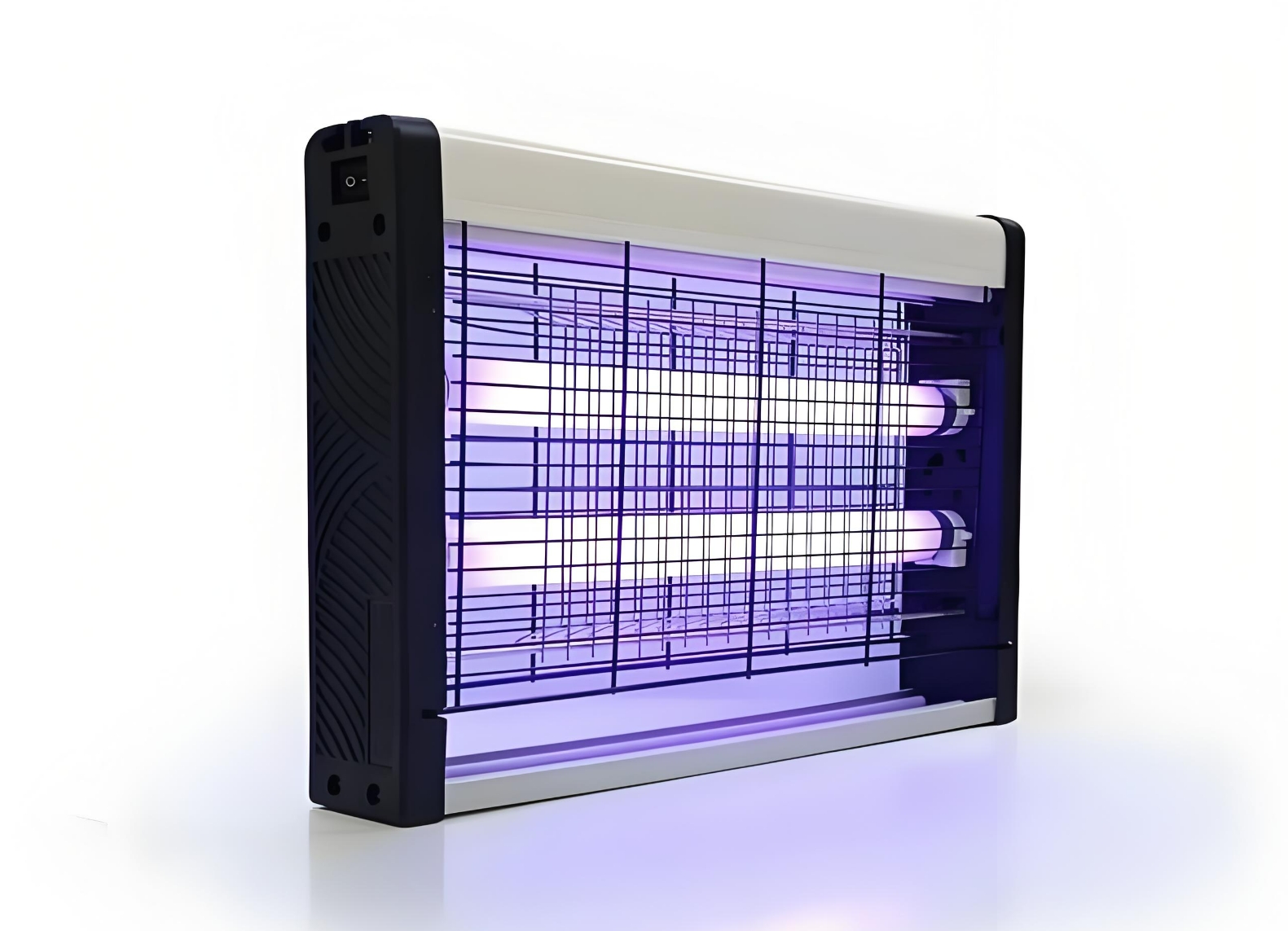- English
- Español
- Português
- русский
- Français
- 日本語
- Deutsch
- tiếng Việt
- Italiano
- Nederlands
- ภาษาไทย
- Polski
- 한국어
- Svenska
- magyar
- Malay
- বাংলা ভাষার
- Dansk
- Suomi
- हिन्दी
- Pilipino
- Türkçe
- Gaeilge
- العربية
- Indonesia
- Norsk
- تمل
- český
- ελληνικά
- український
- Javanese
- فارسی
- தமிழ்
- తెలుగు
- नेपाली
- Burmese
- български
- ລາວ
- Latine
- Қазақша
- Euskal
- Azərbaycan
- Slovenský jazyk
- Македонски
- Lietuvos
- Eesti Keel
- Română
- Slovenski
- मराठी
- Srpski језик
Are there any conflicts between the requirements for materials for UV resistance and penetration of UVA 365nm light?
2025-06-18

The requirements for materials for UV resistance (ultraviolet light) and penetration of specific UVA bands (such as 365nm) seem to conflict, but in fact, they can be balanced through material science. The following are key analyses and solutions:
I. The root of the core contradiction
The essence of UV resistance:
The material is required to absorb/reflect ultraviolet light (especially the 280-400nm band) to prevent ultraviolet light penetration from causing material aging (yellowing, embrittlement) or damage to internal components.
Common methods: Add UV absorbers, light stabilizers, or choose materials that are inherently UV-resistant (such as PC, PMMA).
The need to penetrate UVA 365nm:
The material is required to maintain high transmittance in a specific band (365±10nm), which is commonly used for:
UV curing (ink, glue curing)
Fluorescence detection (such as banknote verification, biological analysis)
Special lighting (such as plant growth lamps, phototherapy equipment).
Contradiction:
UV resistance requires "blocking ultraviolet rays", and penetration of UVA requires "releasing specific ultraviolet rays", which is difficult for traditional materials to take into account.
2. Solution: Key modification technology
Selective UV transmission filter technology:
Optical interference film is applied on the surface of the material to allow only the 365nm band to penetrate and reflect/absorb other ultraviolet rays (such as 280-350nm).
For example: filter for UV curing equipment (transmits 365nm, blocks <350nm).
Molecular structure design:
Specific functional groups are introduced when synthesizing resins to make them naturally absorb harmful UV (such as short-wave UVC), but transparent to 365nm.
Case: Polymethylglutarimide (PMI) resin, with high transmittance and strong weather resistance.
Precise control of additives:
Nano-scale UV absorbers (such as benzotriazoles) are added to shield only non-target bands to avoid affecting 365nm transmission.
Example: Parameters of a modified PMMA material (with nano-cerium oxide added):
365nm transmittance: 88%
300nm blocking rate: >99%
QUV yellowing after 1000 hours: ΔYI <1.2
III. Industry application cases
UV curing equipment lampshade:
Material: coated quartz glass + modified silicone seal
Effect: transmit 365nm light >90%, while blocking 260-340nm harmful UV, extending equipment life.
Fluorescence detector window:
Material: PMMA with benzotriazole added
Effect: Accurately transmit 365nm excitation light and shield environmental stray ultraviolet interference.
Outdoor UV plant lamp:
Material: PC substrate + UV absorber/light diffuser
Effect: transmit 365nm light >80%, and withstand outdoor exposure for 5 years without yellowing.
IV. Material selection suggestions
High-precision scenes (such as optical instruments):
Preferred coated quartz glass, second choice optical grade modified PMMA.
Cost-sensitive scenarios (such as lamp housing):
Select PC with added nano UV absorber, and the transmittance needs to be customized for testing.
Extreme weather resistance requirements (such as desert areas):
Fluorinated polymer (such as ETFE) + surface hardening coating.
Therefore, there is no absolute conflict between UV resistance and penetration of UVA 365nm light: through material modification + optical coating, both UV resistance and 365nm penetration requirements can be taken into account.
JE is a factory specializing in the production of LED tube housings, for more tube housings, please refer to:
https://www.jeledprofile.com/led-tube-housing
For more details, please contact: sales@jeledprofile.com
Tel/Whatsapp/Wechat: 0086 13427851163



